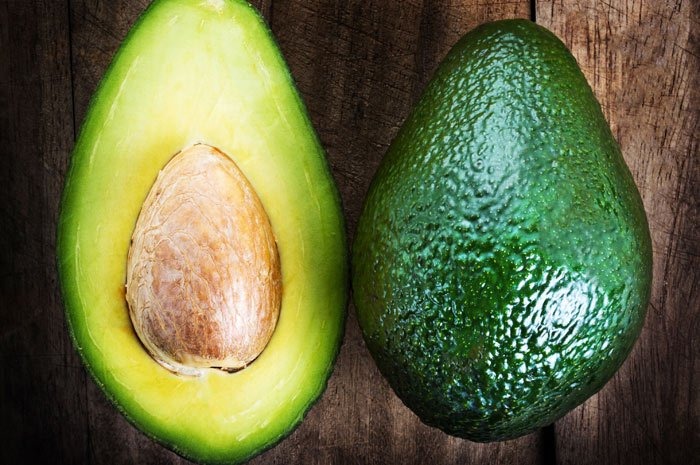Foods That Fight Belly Fat
It's virtually impossible to open a magazine or watch a TV show without seeing some article or commercial promising to help you discover the secret to losing your muffin top or to help you achieve that flat, toned tummy. We're a nation obsessed with diets and calorie counting. However, it's important to remember that for a healthy body to function efficiently, a certain amount of body fat is essential. Fat also helps to serve as a cushion for your organs, protecting against injury in the event of trauma. There is no "ideal" body fat ratio and percentages will vary according to different factors including age, race, and sex.
Learn Which Foods Fight Belly Fat
Superficial (subcutaneous) fat is located just under the skin and this is not the type of fat that you should fret too much about. The fat we justifiably should be concerned about is the surplus deeper fat (visceral fat) — fat that surrounds organs such as your liver, heart, lungs, and bowels — as this can reduce lifespan. "An excess of visceral fat may lead to hypertension, obesity, coronary artery disease, type 2 diabetes, and even place you at risk for colon or breast cancer," says Dr. Robert Glatter, attending physician in the Department of Emergency Medicine at Lenox Hill Hospital in New York City.
You should be aware of the dangers even if you are thin or of "normal" weight, as you still may be accumulating this type of fat. Genetics, lifestyle, age, and gender are just some of the factors that determine how much visceral fat you are likely to develop. "Visceral fat actually prefers inactivity," says Glatter. "It turns out that even thin people who have a reasonably healthy diet but don't exercise develop excess visceral fat."
There are various ways to measure visceral fat. "The most accurate way to determine body fat percentage is by having an MRI or CT scan," says Glatter. "However, the much easier approach is to simply measure your waist. Men should ideally have a waist size less than 40 inches, and women less than 35 inches."
While there's no quick cure-all to help banish the belly fat, there are certain foods that can help.
"None of these foods are 'magic bullets,' but they are healthy foods to include in your diet that may assist with weight loss," says Jackie Topol, registered dietitian and culinary nutritionist.
"The foods [listed in the slideshow] give you more bang for your buck by providing nutrient-dense nourishment to satisfy your hunger and your body's needs," adds Sarah Koszyk, registered dietician and owner of Family. Food. Fiesta.
Registered dietician McKenzie Hall also suggests following the principles of the Mediterranean diet: "Overall, the Mediterranean eating pattern, which is rich in whole grains, fruits, and veggies; moderate in olive oil, fish, and alcohol; and modest in sweets, has been shown to reduce abdominal obesity."
You can blitz the belly fat by adding these 11 foods to your diet. Here's what the experts have to say about them:
Almonds
"Almonds have protein, fiber, and fat, which can help satiate the tummy, reduce hunger levels, and fill you up so you can potentially eat less later. Fiber makes us feel full and protein helps us feel satisfied. The heart-healthy fat in almonds has been suggested to reduce cholesterol levels. With the combo of the three together (protein, fiber, and fat), almonds are a good food choice for watching your waistline. Take note: just because a food is deemed 'healthy,' it doesn't give a green light to eat as much as you want. A standard portion of almonds is one ounce or about 24 almonds. Portions are still important when trying to lose belly fat. Add almonds to your diet by crushing a few almonds and sprinkling over your salad. Enjoy an easy afternoon snack of almonds and fruit to control hunger levels so that when dinner rolls around, you are ready to eat but not starving. This way you can control your dinner portions better."
Sarah Koszyk
Avocado
"Avocados contain heart-healthy mono-unsaturated fatty acids (MUFAs) and beta-sitosterol, which may assist with lowering cholesterol, inflammation, and even visceral fat. In addition, MUFAs are suggested to help control blood sugars, which can also affect our waistline when they are increased. Avocados are also high in fiber, which helps with feeling full and satisfied after eating. A serving of avocado is two tablespoons. Enjoy a delicious snack of avocado toast. Add avocado over your chili."
Sarah Koszyk


